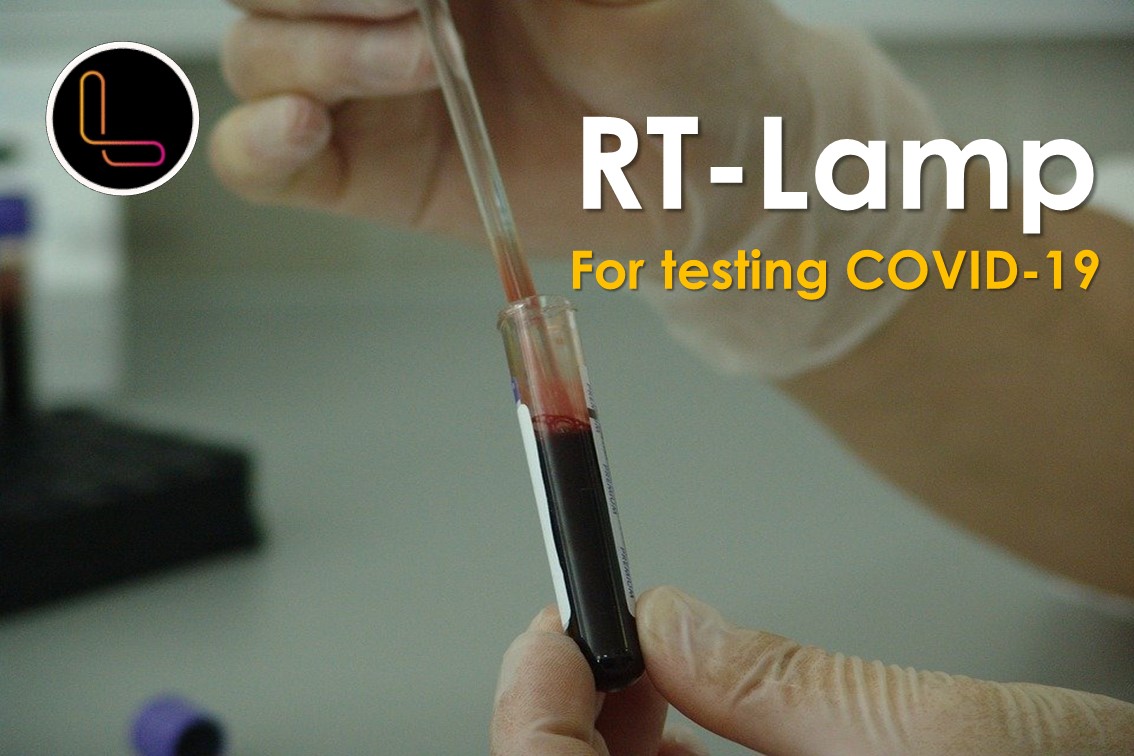
29/11/20 13:39 PM IST


Context
COVID-19 is highly infective and everyday thousands of people are newly infected. Since there is no vaccine or cure for the novel coronavirus infection till today, there is a strong need for rapid, specific and sensitive SARS-CoV-2 detection technology to control and contain the virus.
Current method
The real time reverse transcription polymerase chain reaction (RT-PCR) test is used which detects the presence of viral nucleic acids in nasopharyngeal swab samples.
Shortcomings
The RT-PCR does not have the capacity to keep pace with the increasing demand.
Serology tests
Latest Technology RT-Lamp
Advantages over RTPCR technology
On the other hand, the new RTLAMP technology is done at 65 degrees C, where the DNA amplification is done at a constant temperature (isothermal), so that expensive thermal cycler is not required.
The LAMP technology does not need laborious preparation as in the case of RT-PCR. LAMP is cost effective and does not need complex expensive equipment.
Source: The Hindu

17 Sep
'Dehradun and several other districts in Uttarakhand have experienced very heavy rainfall over the past few days, triggering landslides in multiple areas and causing rivers to swel
Read More
08 Sep
'The Rajasthan Coaching Centres (Control and Regulation) Bill, 2025, is a significant piece of legislation passed by the Rajasthan Assembly to regulate and oversee the state's burg
Read More
28 Aug
'Recently, the Indian Space Research Organisation (ISRO) successfully carried out its first Integrated Air Drop Test (IADT-1), a crucial milestone in the preparation for the countr
Read More